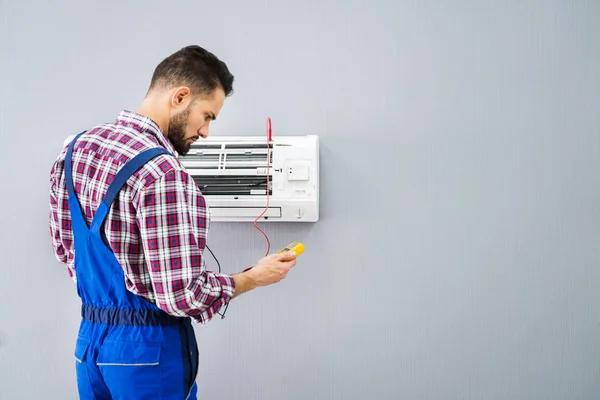Portable air conditioners offer convenient cooling solutions, especially in spaces where traditional units are impractical. However, like any appliance, they may encounter issues that affect performance or functionality. Comprehensive troubleshooting and repair can help restore efficiency without unnecessary expense. The first step in diagnosing problems involves checking the power supply and ensuring the unit is properly plugged in and switched on. Sometimes, a simple reset or power cycle resolves minor glitches. If the device does not turn on at all, inspecting the circuit breaker or fuse box for tripped breakers or blown fuses is essential.
When a portable air conditioner turns on but fails click to explore cool effectively, several factors could be responsible. It is important to verify that the exhaust hose is correctly attached and free of obstructions since improper ventilation prevents heat from escaping as intended. Additionally, cleaning or replacing clogged air filters improves airflow and enhances cooling capacity. Dust accumulation inside the unit can restrict airflow over coils; therefore, gently vacuuming accessible areas helps maintain optimal function.
Unusual noises during operation may indicate mechanical problems such as loose components or worn-out fan motors. Tightening screws and securing panels might eliminate rattling sounds while lubricating moving parts reduces friction-related noise. If noise persists after basic maintenance, consulting a professional technician ensures safe diagnosis of internal issues.
Water leakage around portable air conditioners often results from blocked drainage systems or excessive humidity levels exceeding design limits. Checking drain pans for cracks or clogs allows proper water removal through designated outlets. Ensuring correct installation with appropriate slope facilitates natural drainage preventing spills onto floors.
Temperature controls malfunctioning could stem from faulty thermostats or sensors misreading ambient conditions leading to erratic cycling between cooling modes. Calibrating settings according to manufacturer instructions restores accurate temperature regulation.
In cases where error codes appear on digital displays, referring to user manuals provides specific meanings and recommended corrective actions tailored to model variations.
Routine maintenance extends lifespan by preventing common malfunctions; regular cleaning schedules combined with periodic inspections catch early signs of wear before breakdowns occur.
If repairs require component replacements such as compressors or capacitors beyond user capability, seeking certified service centers guarantees quality parts compatible with original specifications.
By systematically addressing electrical connections, ventilation pathways, cleanliness levels, mechanical integrity, drainage efficiency, control accuracy, and professional support when necessary users can ensure their portable air conditioners operate reliably throughout warm seasons without undue inconvenience or cost escalation.



